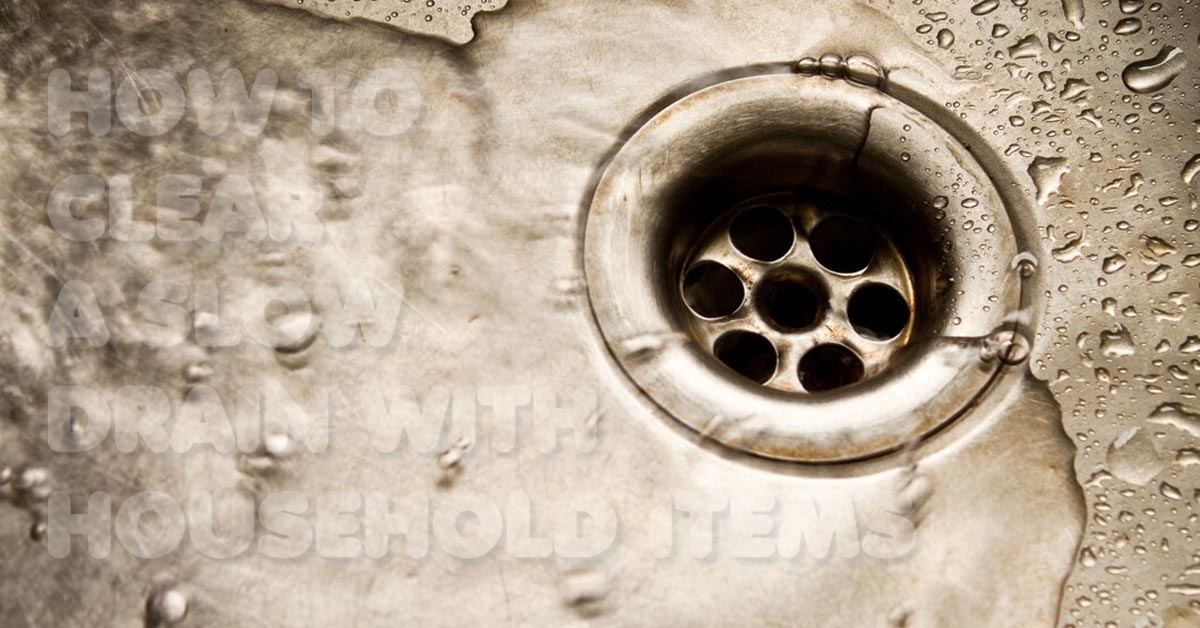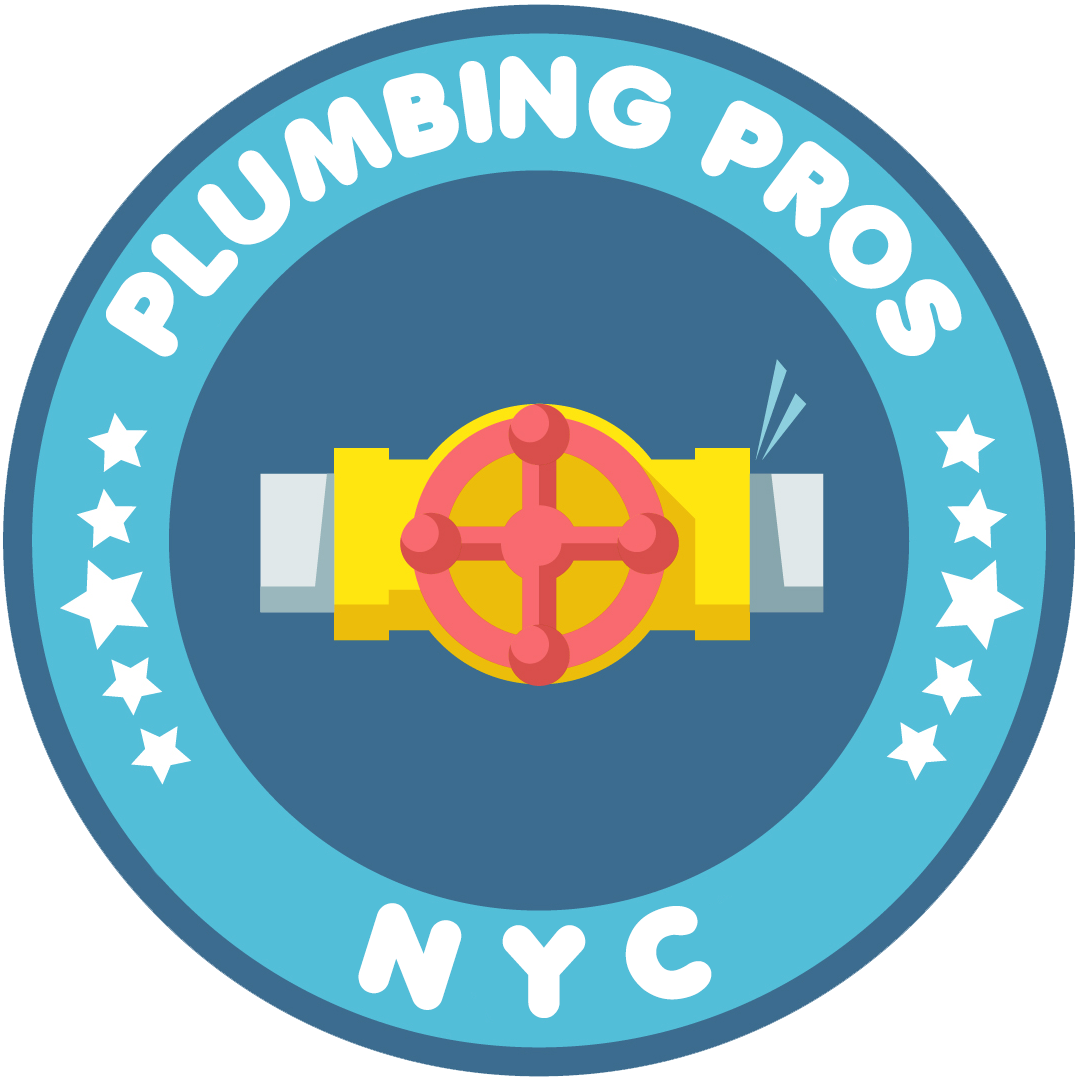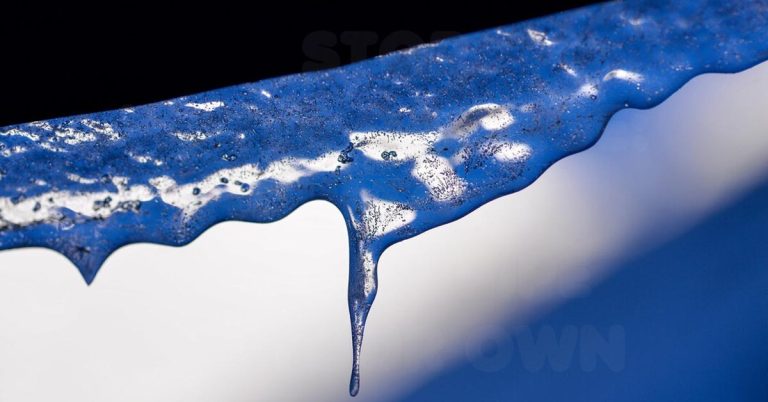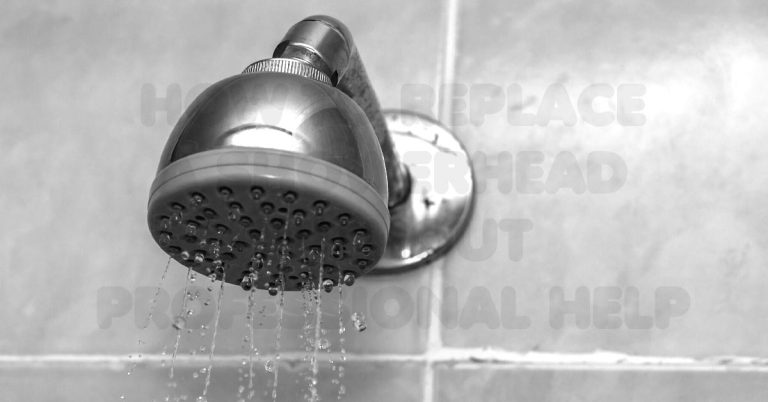How to Clear a Slow Drain with Household Items

Is Water draining slowly in your sink, shower, or bathtub? A slow drain is one of the most common household plumbing issues, often caused by a buildup of hair, soap scum, grease, or food particles. The good news? You don’t need harsh chemicals or expensive tools to fix it. Cleaning a slow drain using simple household items in your kitchen or bathroom.
This guide will show you how to clear a slow drain using household items like baking soda, vinegar, salt, and even a plunger. These natural and effective methods are safe for your pipes and the environment.
However, if the drain remains slow or completely clogged, NYC 24/7 Plumbing Pros is here to help. Call us at (332) 233-7070 for fast and reliable drain cleaning services.
Table of Contents
Why is My Drain Running Slowly?
Before you start unclogging your drain, it’s essential to understand why it’s draining slowly. Knowing the cause helps you choose the most effective solution.
Common Causes of Slow Drains
- Hair Buildup: Hair strands easily get tangled with soap scum, forming clumps that slow down water flow, especially in shower and bathroom sink drains.
- Soap Scum and Grease: Soap residue, combined with grease or oil, sticks to the walls of pipes, narrowing the passage and reducing drainage speed.
- Food Particles: Food scraps and grease buildup in kitchen sinks are common culprits behind slow-draining Water.
- Mineral Buildup: Hard water deposits can accumulate inside pipes, restricting water flow.
- Foreign Objects: Small objects like toothpaste caps, cotton swabs, or jewelry can accidentally fall into drains and cause obstructions.
Pro Tip: Regular maintenance and mindful usage can prevent slow drains from occurring in the first place.
Tools and Household Items You’ll Need
Before you begin, gather the following household items to clear a slow drain:
- Baking Soda: Natural cleaner and deodorizer that breaks down organic matter.
- White Vinegar: Reacts with baking soda to create a fizzing action that dislodges clogs.
- Salt: Abrasive and effective in breaking down grease and buildup.
- Boiling Water: Helps dissolve soap scum, grease, and other soft clogs.
- Plunger: Creates suction to dislodge minor blockages.
- Wire Hanger or Drain Snake: This is for manually removing hair and debris from drains.
Pro Tip: These natural solutions are safe for most types of pipes, including PVC and metal plumbing.
Step-by-Step Guide to Clearing a Slow Drain with Household Items
1. Boiling Water Method
The simplest and quickest way to clear a slow drain is by boiling Water. This method is effective for minor clogs caused by soap scum, grease, or other soft blockages.
Step-by-Step Guide:
- Bring Water to a Boil: Boil a pot of Water on the stove.
- Pour Boiling Water Down the Drain: Carefully pour the boiling water in small stages, allowing it to work for a few seconds between pours.
- Repeat if Necessary: Repeat the process 2–3 times for best results.
Why It Works: The hot Water melts grease and breaks down soap residue, flushing away minor obstructions.
Pro Tip: Do not use boiling Water on PVC pipes, as extreme heat can weaken them. This method is best for metal pipes.
2. Baking Soda and Vinegar Method
Baking soda and vinegar are a powerful natural cleaning combination that can effectively clear slow drains by breaking down organic material and dislodging clogs.
Step-by-Step Guide:
- Pour Baking Soda: Pour half a cup of baking soda down the drain.
- Add Vinegar: Follow with one cup of white vinegar and immediately cover the drain with a plug to contain the fizzing action.
- Let It Sit: Allow the mixture to sit for 15–20 minutes as the chemical reaction loosens the clog.
- Flush with Boiling Water: Pour boiling Water down the drain to remove any remaining debris.
Why It Works: The chemical reaction between baking soda (a base) and vinegar (an acid) produces carbon dioxide bubbles that help break down organic material and dislodge minor clogs.
Pro Tip: Use this method as a preventive measure monthly to keep drains clear.
3. Salt and Baking Soda Method
The combination of salt and baking soda is an effective abrasive cleaner that breaks down grease and mineral deposits inside pipes.
Step-by-Step Guide:
- Mix Salt and Baking Soda: Combine half a cup of salt with half a cup of baking soda.
- Pour Down the Drain: Pour the mixture down the slow drain.
- Let It Sit Overnight: Leave the mixture to sit overnight, allowing it to work on breaking down the buildup.
- Flush with Boiling Water: In the morning, flush the drain with a pot of boiling Water.
Why It Works: The salt acts as an abrasive to scrape away buildup, while the baking soda helps break down organic material.
Pro Tip: This method works well for grease and food residue buildup in kitchen sinks.
4. Using a Plunger
A plunger is a simple yet effective tool for clearing minor clogs that cause slow drainage. It works by creating suction and pressure to dislodge the blockage.
Step-by-Step Guide:
- Seal the Drain: Place the plunger over the drain opening, ensuring a tight seal.
- Plunge Vigorously: Push and pull the plunger vigorously for about 30 seconds.
- Check the Drain: Lift the plunger and see if the Water drains quickly.
- Repeat if Necessary: Repeat the process 2–3 times if needed.
Why It Works: The plunger’s suction and pressure force the clog through the pipe, restoring normal water flow.
Pro Tip: Cover overflow openings with a wet cloth for better suction.
5. Wire Hanger or Drain Snake Method
If hair and debris are causing the slow drain, the best solution is to manually remove the clog. You can use a wire hanger or a drain snake.
Step-by-Step Guide:
- Create a Hook: Straighten a wire hanger and create a small hook at one end.
- Insert and Hook the Clog: Insert the hook into the drain and gently fish out hair and debris.
- Pull Out the Clog: Slowly pull out the hanger, bringing the clog.
- Flush the Drain: Pour boiling Water down the drain to remove any remaining residue.
Why It Works: This method physically removes hair and debris, effectively clearing the clog.
Pro Tip: Be gentle to avoid damaging the pipes or scratching the sink or tub surface.
When to Call a Professional Plumber
While these DIY methods effectively clear most slow drains, there are times when you should call a professional:
- Persistent Clogs: If the drain remains slow after multiple attempts, the clog may be more profound in the plumbing system.
- Multiple Clogged Drains: If multiple drains are slow, it could indicate a blockage in the main sewer line.
- Water Backups: If Water backs up into other fixtures, it’s a sign of a severe blockage that requires professional attention.
- Foul Odors: Persistent foul odors may indicate a sewer line issue.
NYC 24/7 Plumbing Pros offers expert drain cleaning services in Manhattan. Call us at (332) 233-7070 for fast and reliable assistance.
Clearing a slow drain doesn’t have to be complicated or expensive. With these simple household items and effective DIY methods, you can quickly restore normal water flow without harsh chemicals or professional tools.
However, if the drain remains slow or you encounter multiple clogged drains, don’t hesitate to contact NYC’s 24/7 Plumbing Pros.
Call us today at (332) 233-7070 or visit nycplumbingpros.com to schedule a service.
FAQs
Can I use chemical drain cleaners to clear a slow drain?
Chemical drain cleaners can damage pipes, so opt for natural solutions like baking soda and vinegar.
How often should I clean my drains?
It’s recommended that drains be cleaned once a month using natural solutions to prevent buildup and clogs.






